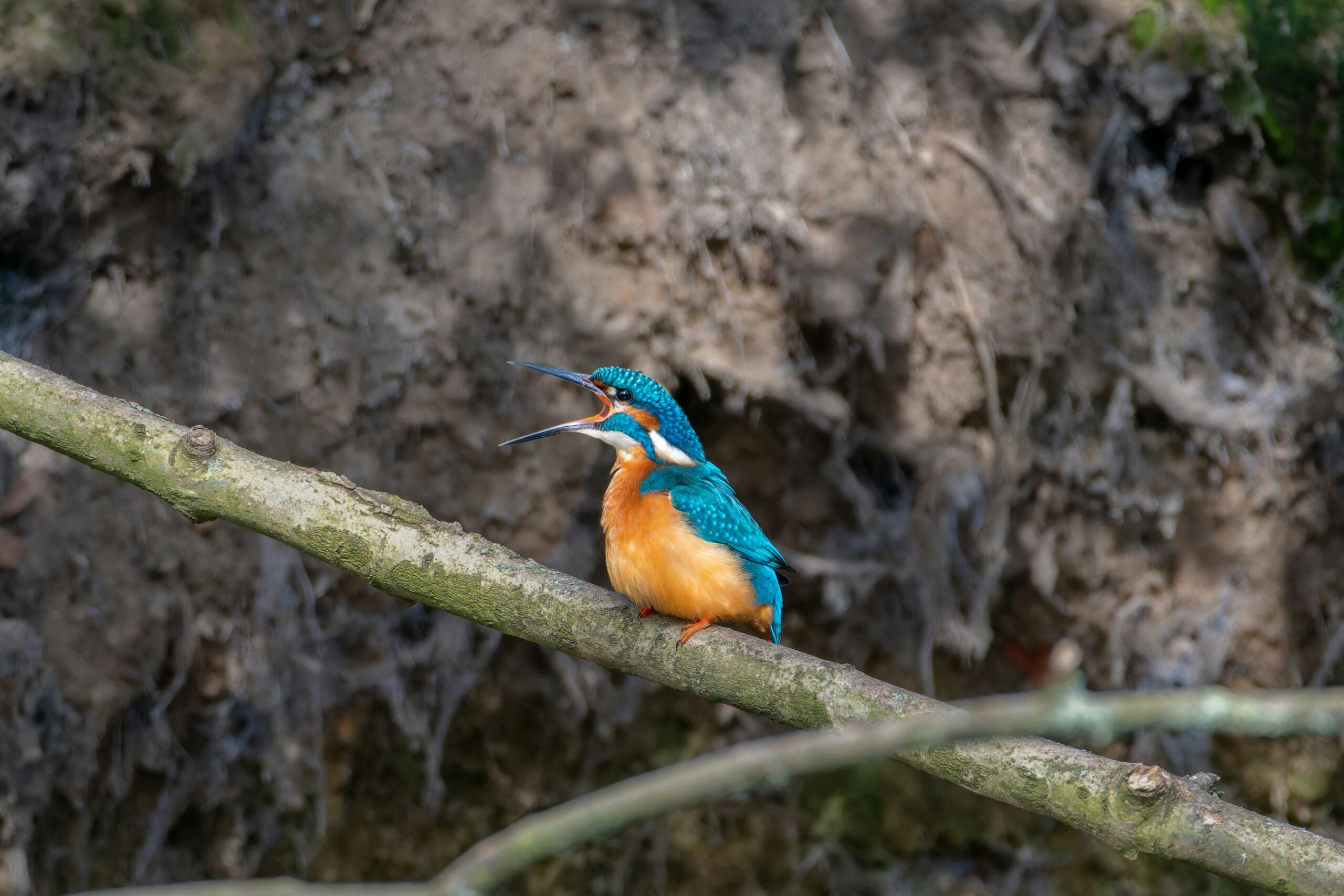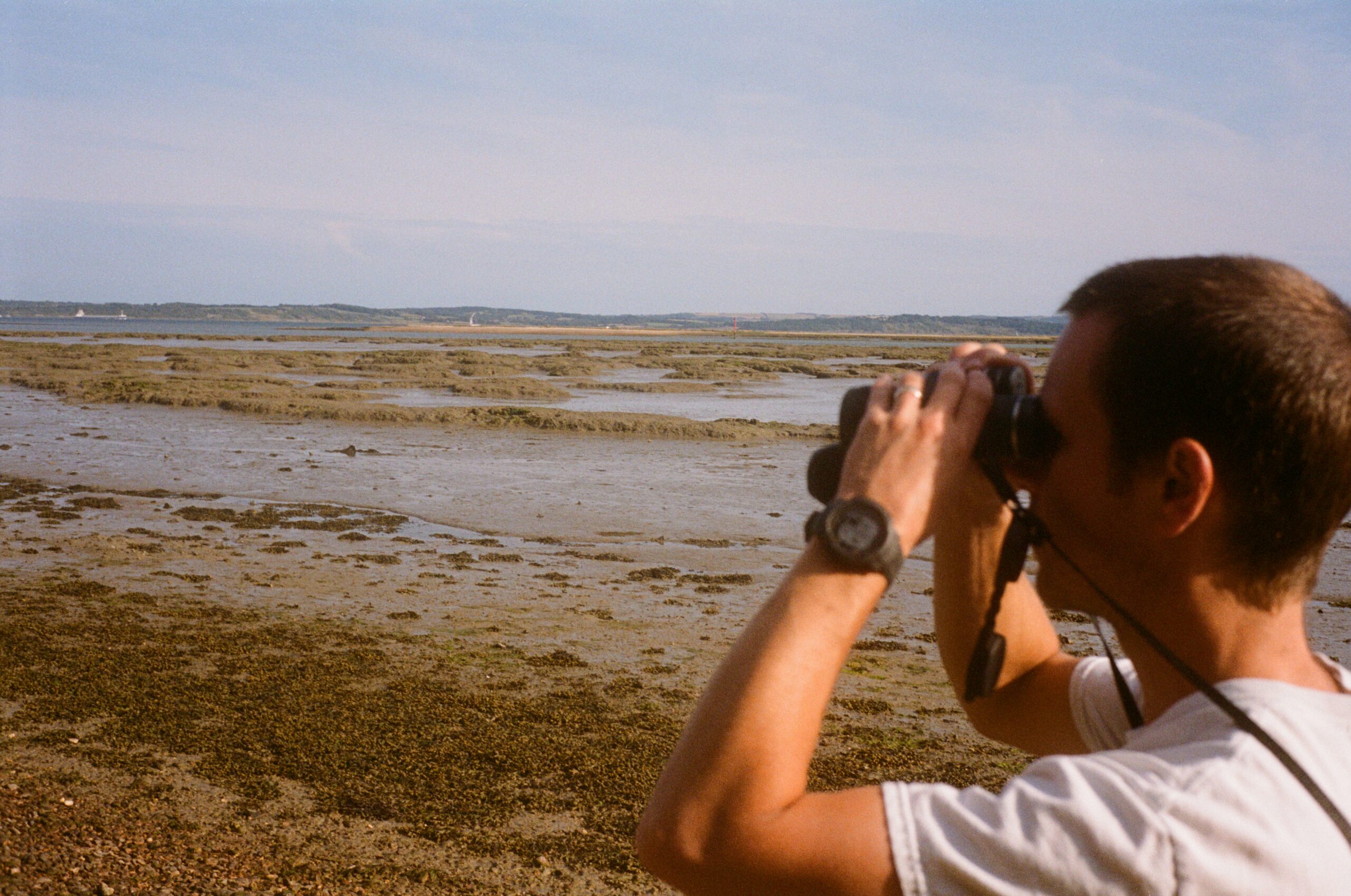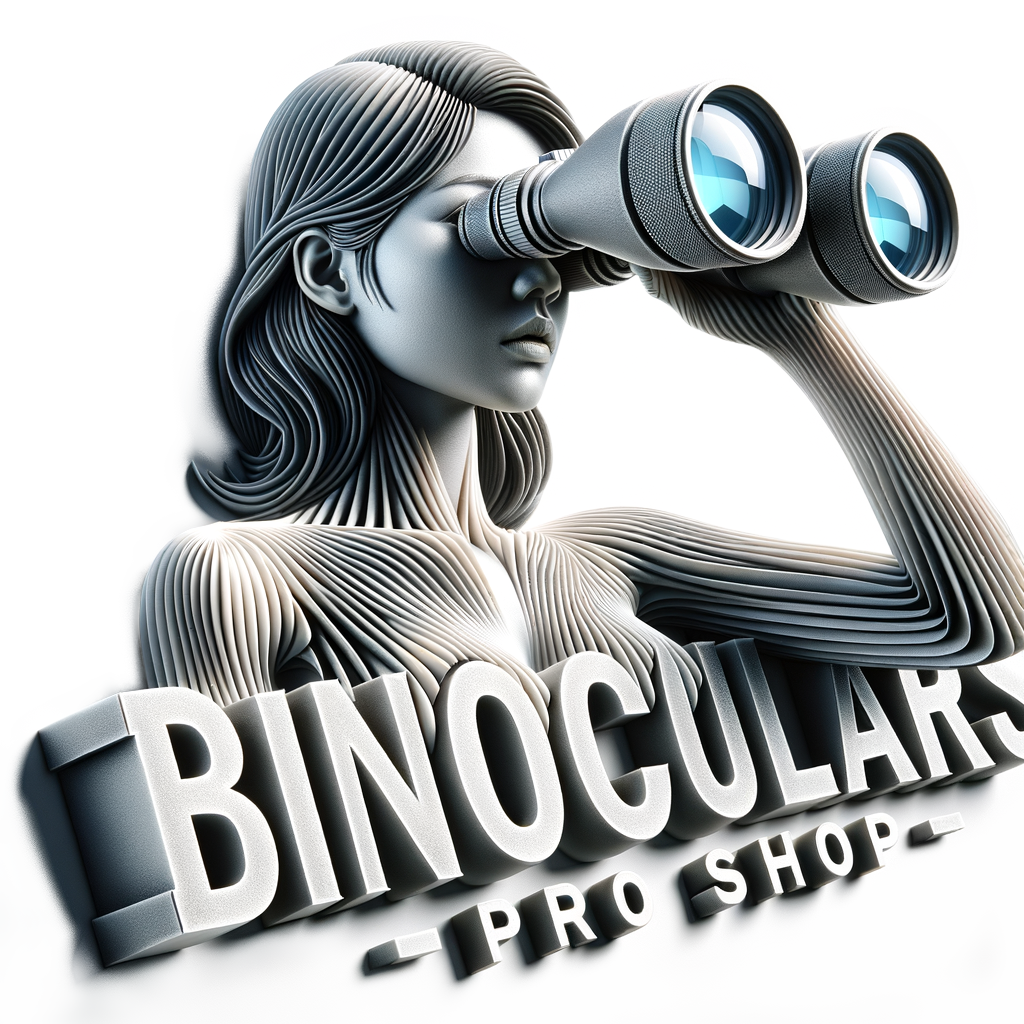Have you ever wondered whether wearing glasses while using birding binoculars might hinder your bird-watching experience? It’s a common question among beginner and experienced bird watchers alike who find themselves trying to balance wearing glasses and utilizing binoculars to enjoy the full richness of nature. In this comprehensive article, we’ll explore this topic, aiming to answer common queries and provide practical tips on how to make birding with glasses an enjoyable activity.
Understanding Birding Binoculars
Birding binoculars are essential tools for enjoying the beauty and detail of birds from a distance. Their purpose is to magnify images, allowing you to see birds in all their glory without disturbing their natural behavior. But how do they work, and can they be adapted for use with glasses?
How Binoculars Work
Binoculars use a series of lenses and prisms to enlarge images. The objective lens gathers light and focuses it inward towards the eyepiece lenses, creating a magnified image. The eyepiece lens is located closest to your eyes, and it is here that many eyeglass wearers encounter issues. Since the eyepiece is designed to be looked through directly, glasses can sometimes get in the way.
Are Birding Binoculars Different From Regular Ones?
While there are general-purpose binoculars, those designed specifically for birding tend to have specific features tailored for viewing wildlife. These features include better magnification levels, superior lens coatings for clearer images, and ergonomic designs for extended use. These same features can also affect how one uses them with glasses.
Challenges of Using Binoculars with Glasses
Using binoculars while wearing glasses can indeed pose a few challenges. However, understanding these challenges can help you find solutions that will make your bird-watching experience more enjoyable.
Eye Relief: A Crucial Factor
One of the primary concerns for glasses wearers is eye relief. This refers to the distance from the eyepiece lens to the point where the eye can still see the entire field of view. Sufficient eye relief is necessary to accommodate the extra space taken up by glasses.
The Problem with Short Eye Relief
Binoculars with short eye relief can cause glasses to come into contact with the eyepiece, making it uncomfortable and potentially decreasing the field of view. This is particularly problematic with higher magnification binoculars, which typically have shorter eye relief.

Solutions for Glasses Wearers
Fortunately, there are several ways to adapt binoculars for those who wear glasses. Here’s how you can continue enjoying birding without compromising on your visual experience.
Adjustable Eye Cups
Many binoculars come with adjustable or retractable eye cups, which are designed to let glasses wearers use them comfortably. Extending or retracting these eye cups changes the effective eye relief distance, making it easier to use with glasses.
Binocular Models with Longer Eye Relief
Choosing binoculars specifically designed with longer eye relief is one of the straightforward ways to accommodate glasses. Look for models with an eye relief of at least 15mm; more is better for those who wear larger frames or need more space.
Eye Relief Recommendations:
| Glasses Type | Recommended Eye Relief |
|---|---|
| Small frames | 12mm to 15mm |
| Medium frames | 15mm to 18mm |
| Large frames | 18mm and above |
Opt for Diopter Adjustment
Using a diopter adjustment allows you to customize each eyepiece independently, compensating for differences in your eyes, which can be beneficial if you wear glasses for different prescriptions in each eye. This feature helps in achieving optimal focus without the need to keep your glasses on.
Tips for Using Binoculars with Glasses
Now that you know the solutions, here are some practical tips to get the best experience when birding with glasses.
Keep Your Lens Clean
Keeping both your eyeglass lenses and binocular lenses clean is crucial. Dust, smudges, or scratches can all affect the image quality and overall viewing experience. Regularly clean your lenses following the manufacturer’s instructions using a microfiber cloth.
Use a Neck Strap
A neck strap can ease the strain on your hands and neck when birdwatching, allowing you to adjust your glasses or binoculars more comfortably. This can make the whole experience a lot more enjoyable as it gives you more freedom to concentrate on birding instead of constantly adjusting your equipment.
Experiment with Positioning
Try experimenting with the positioning of both your glasses and binoculars to find the most comfortable fit. Sometimes, a slight tilt or adjustment in angle can make a significant difference in the field of view and comfort.

Transitioning to Contact Lenses
If you find that wearing glasses with binoculars is too cumbersome, you might consider transitioning to contact lenses. This can facilitate easier and less interrupted viewing through binoculars, though it may not be ideal for everyone depending on comfort and preference.
Pros and Cons of Contact Lenses
Contact lenses offer several benefits, such as providing a full field of vision without obstructions and no need to adjust or remove glasses. However, they can cause eye irritation over long periods, particularly outdoors where dust and wind are factors. It’s essential to weigh these aspects based on your preferences and any optician recommendations.
Conclusion
Birding can be an incredible experience, offering a peaceful retreat into nature. Those who wear glasses should not feel limited when using binoculars. By choosing the right binoculars with sufficient eye relief, using adjustable eye cups, and keeping everything clean and well-positioned, you can continue to enjoy this hobby with clarity and comfort.
So, next time you’re out in the field, take these tips along with you and get ready to enjoy the spectacular sights of the bird world, eyeglasses and all!

